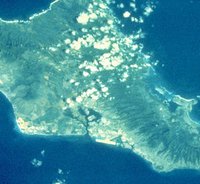
One of the pillars of astrobiology research is understanding how life can
exist in modes other than what is typical on earth, and what kinds of
chemical signals such unique life forms can produce. This talk will
present the biogeochemical dynamics of a recently studied extremely
productive closed pond on the leeward shore of Oahu, Hawaii. What makes
this pond unique is that despite its high levels or organic productivity
(>470 mg C m-2 d-1), the waters of the pond remain suboxic to anoxic, even
at the very surface, during most of the year. A system with such large
chemical disequilibria provides an easily accessible natural laboratory
for the study of unique microbial communities. It’s also a short drive
from the best Mai Tais in Hawaii.
To join using a videoconferencing system:
Please RSVP to Mike Toillion (mike.toillion@nasa.gov) if you will be joining by Polycom.
To view the slides, connect to http://connect.arc.nasa.gov/uwseminar/
To join using a web browser:
The slides and audio/video for this meeting will be presented using Adobe Connect. To join the meeting, connect to:
http://connect.arc.nasa.gov/uwseminar/
If you are having problems connecting, you can try joining http://connect.arc.nasa.gov/uwseminar/?launcher=false, or rebooting your computer, or try joining from another network.
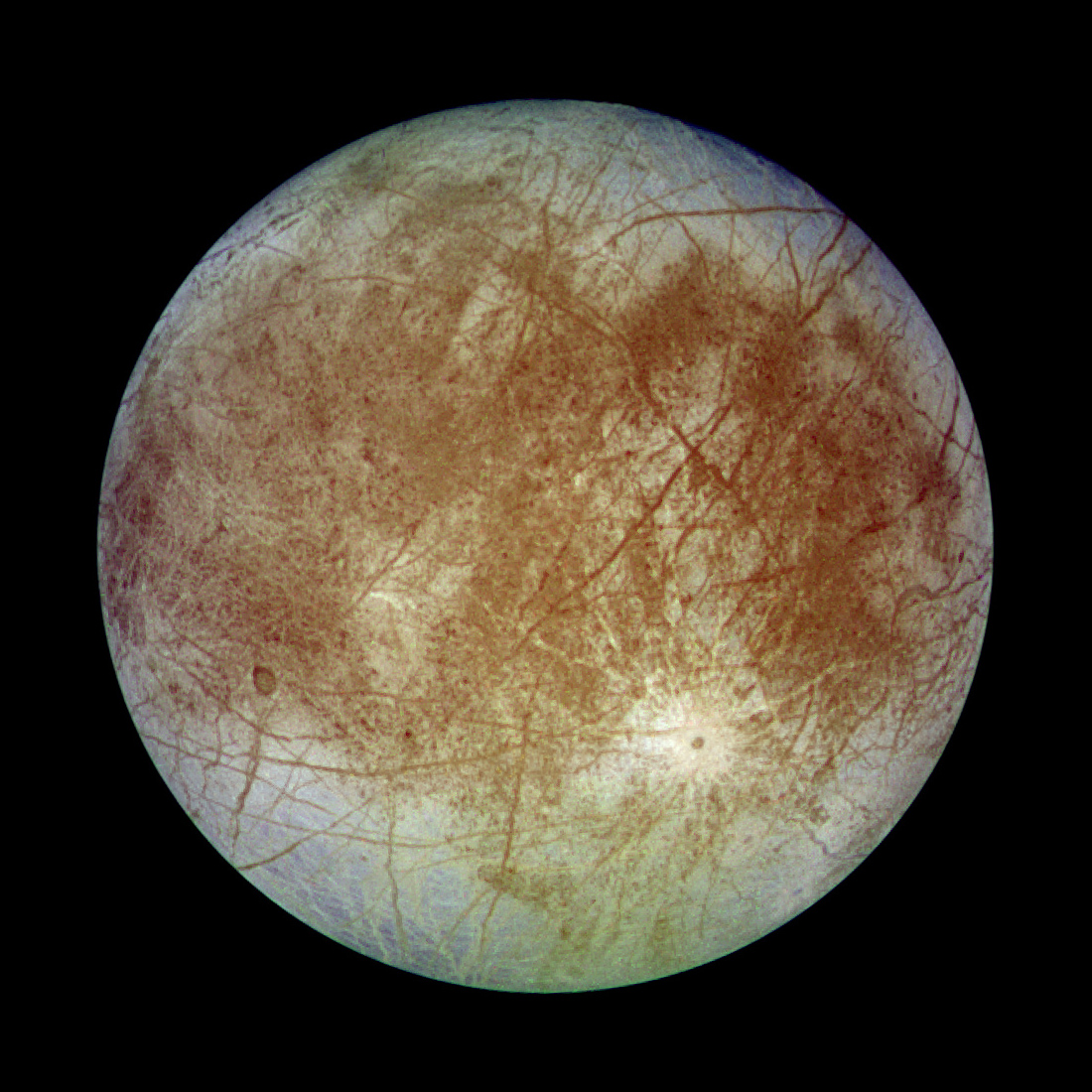 Getting Under Europa’s Skin
Getting Under Europa’s Skin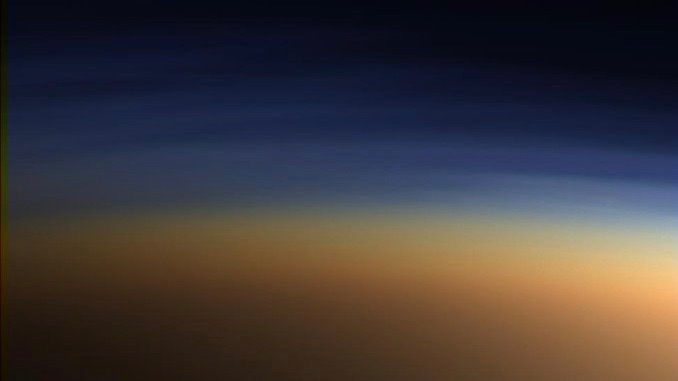 Tracing Formation and Evolution of Outer Solar System Bodies Through Stable Isotopes and Noble Gas Abundances
Tracing Formation and Evolution of Outer Solar System Bodies Through Stable Isotopes and Noble Gas Abundances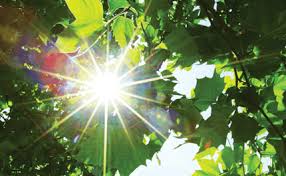 Photosynthesis, a Planetary Revolution
Photosynthesis, a Planetary Revolution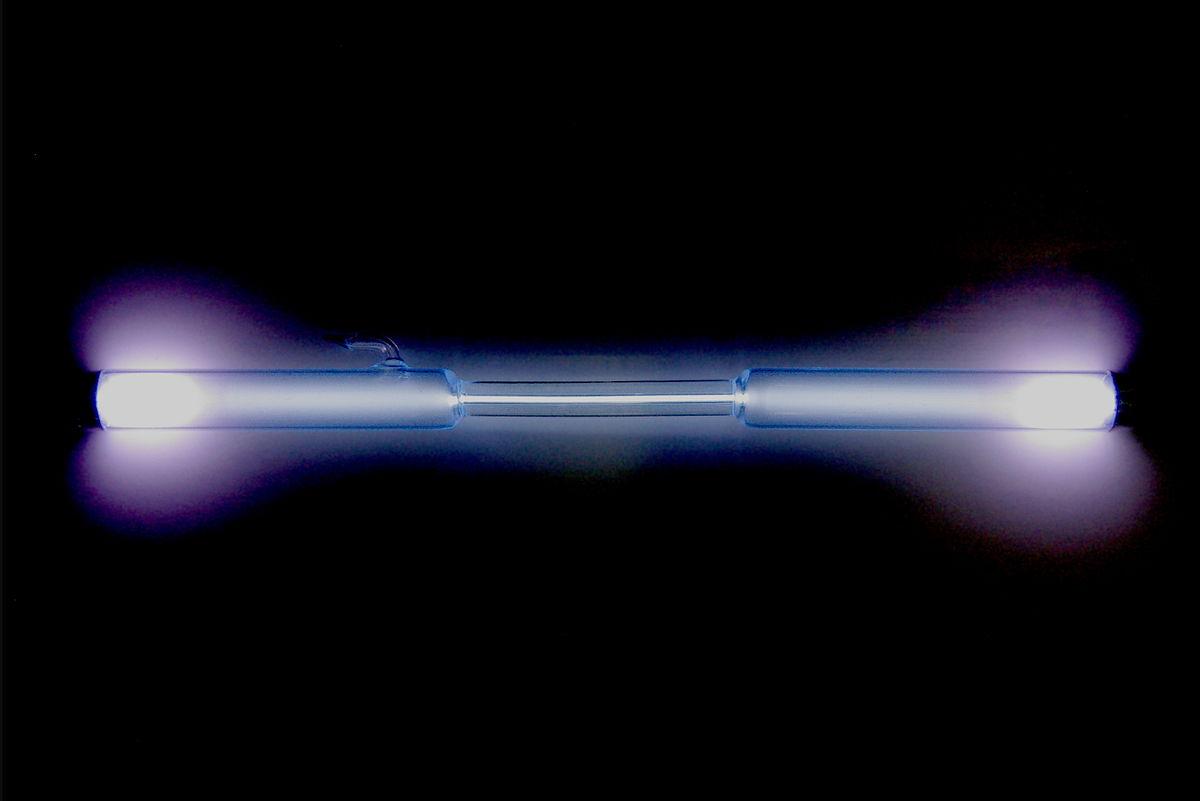 Xenon: King of the Gases
Xenon: King of the Gases